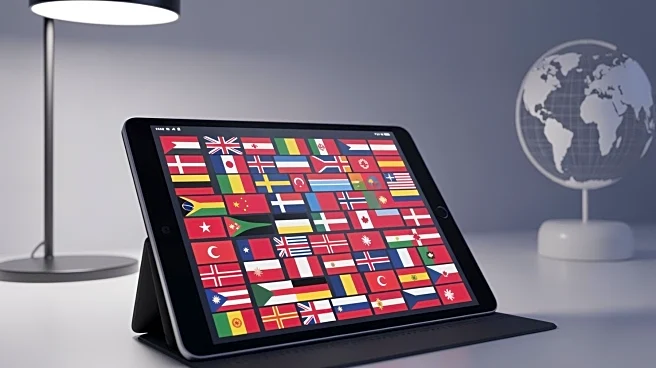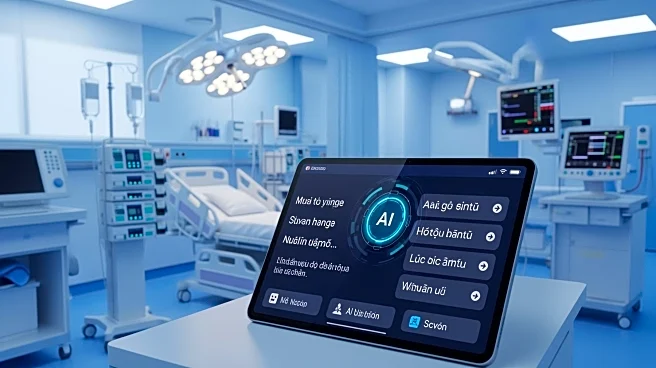What's Happening?
A multidisciplinary study has evaluated the effectiveness of human-in-the-loop strategies in AI-enabled translation of patient discharge instructions. The study found that incorporating human oversight
in machine translation processes improved outcomes, particularly for languages that are digitally underrepresented, such as Armenian and Somali. The research highlighted the variability in translation quality across different languages, with AI systems performing better for languages with a larger digital footprint. The study suggests that hybrid workflows combining machine translation with human proofreading can enhance efficiency and maintain high-quality translations.
Why It's Important?
The findings are significant for healthcare systems aiming to improve communication with non-English speaking patients. Effective translation of medical instructions is crucial for patient safety and care quality. The study underscores the need for human oversight in AI translation processes to mitigate potential errors that could lead to patient harm. As healthcare systems increasingly integrate AI technologies, ensuring accurate and culturally appropriate translations becomes essential, particularly for languages that are less represented in digital datasets.
Beyond the Headlines
The study raises important considerations about the ethical and practical implications of using AI in healthcare communication. It highlights the need for policies that prioritize patient safety and involve multidisciplinary stakeholders, including linguists and caregivers, in the development of AI translation tools. The research also points to the potential for AI to reduce disparities in healthcare access for non-English speaking populations, provided that translation technologies are implemented responsibly.











